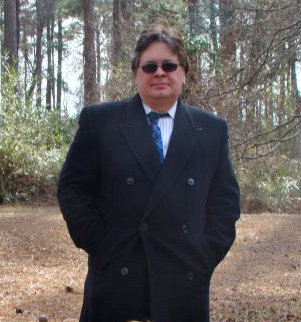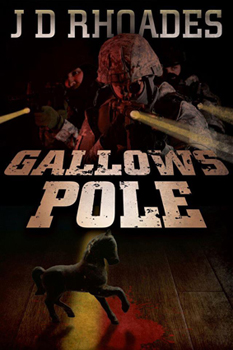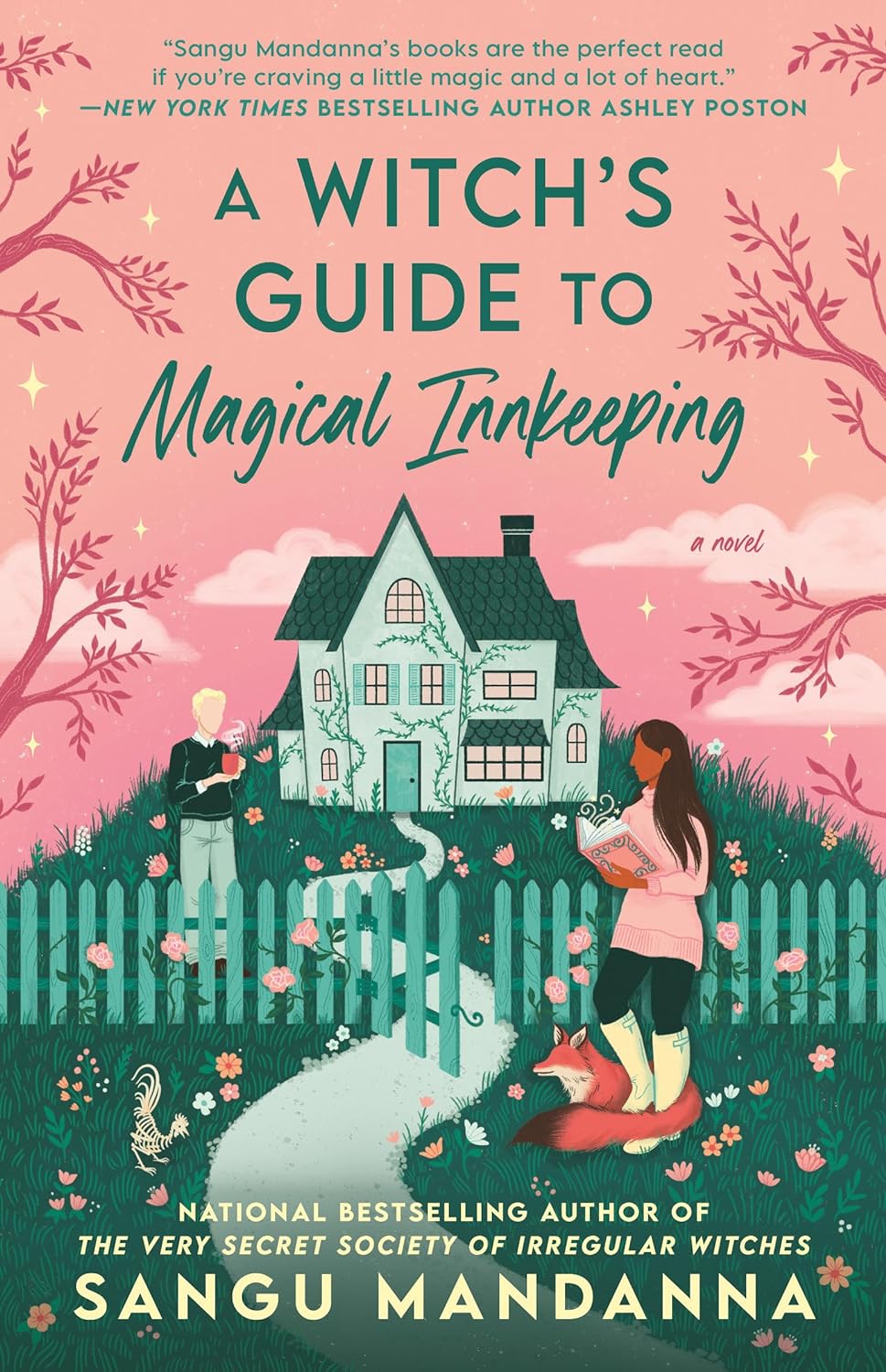 It’s a question we’ve wrestled with in America since the terrible events of September 11, 2001. Occasionally couched in what is known as the “ticking bomb” scenario, it goes like this: a bomb which could kill thousands is hidden somewhere, about to go off. You have, completely in your power, a person who knows where it is. That person refuses to talk. Is it lawful to torture him to get the information? Would it be lawful to torture his family in front of him, including his children? Even if lawful, would it be morally permissible?
It’s a question we’ve wrestled with in America since the terrible events of September 11, 2001. Occasionally couched in what is known as the “ticking bomb” scenario, it goes like this: a bomb which could kill thousands is hidden somewhere, about to go off. You have, completely in your power, a person who knows where it is. That person refuses to talk. Is it lawful to torture him to get the information? Would it be lawful to torture his family in front of him, including his children? Even if lawful, would it be morally permissible?
The debate over this question has consumed uncountable column inches in newspapers and untold amounts of bandwidth on the Internet since thousands died on 9/11. It was revived shortly after Osama bin Laden was killed by Navy SEALS on May 2d of this year.
People’s answers have varied wildly. Some say “no, never, torture is always wrong.” These people are on what is usually described as the left, with the notable exception of John McCain. Then you have people on the far right like Pat Buchanan, who, shortly after the apprehension of Umar Farouk Abdulmutallab (aka the Undiebomber), was demanding that he be tortured even though he was, at the time, cooperating with investigators. Some people have posed creative solutions to the dilemma, like Harvard Law professor Allen Dershowitz, whose often misunderstood theory is “yes, we can torture, but we need clear rules and a warrant procedure for the President to authorize it.”
There’s even been fierce debate over what, exactly, constitutes torture, and what is merely “enhanced interrogation”. The answer to this last question would seem to be simple: if a person doing something to one of our soldiers would be charged with a war crime, it should be clear that that’s torture. And yes, that includes water-boarding, something for which we prosecuted and hanged Japanese interrogators after World War II.
A pundit or a columnist has the responsibility to come down clearly on one side of an issue or the other (and, when wearing my columnist hat, I think I do). But a novelist has a responsibility to the reader to make things complicated. That complication can come from without, in the situations that the hero has to overcome to reach his or her goal. Or it can come from within, in the doubts, fears, and weaknesses that he or she must overcome.
I happen to think the best stories are those with both kinds. Oh, from time to time, I do enjoy the type of thriller where all the complications come from outside. Those types of thrillers most often feature the archetypal action hero that I’ve nicknamed Bolt Studly: the mavericky, two-fisted, fearless ex-Navy Seal/CIA Agent whose only flaw is that he rushes headlong into the action.
 But that’s never been the kind of protagonist I’ve enjoyed writing (except as a goof). I like to write about people with doubts, fears, worries. I like writing about people who’ve screwed up, or at least think they have, and are trying to make it right. Over-arching all of this is my belief that, in the words of an old saying, “men tempt us with our vices, the Devil tempts us with our virtues.”
But that’s never been the kind of protagonist I’ve enjoyed writing (except as a goof). I like to write about people with doubts, fears, worries. I like writing about people who’ve screwed up, or at least think they have, and are trying to make it right. Over-arching all of this is my belief that, in the words of an old saying, “men tempt us with our vices, the Devil tempts us with our virtues.”
Which leads us to Colonel Mark Bishop and Gallows Pole. Bishop, the former commander of the elite anti-terrorist team known as Iron Horse, could have been a good candidate for the Bolt Studly role, until he had to face his own version of the ticking bomb scenario. He was confronted with a situation in which all the choices had catastrophic consequences, all his virtues called for terrible outcomes, and he was forced to create his own moral solution on the fly.
Some books might have ended there, but that’s where I began the story, because I was interested in the question: what happens after? What consequences spin out from that moment of decision, and what do you do when they aren’t the ones you expected? What’s the human cost, not just to you, but to others, even people you may not even know? How do you make it right, even assuming that you can, when the past comes back to haunt you and the Devil tempts you with your virtues yet again?
Those are the questions at the heart of Gallows Pole, and they’re not easy ones to answer. But that’s what made the book interesting to write. I hope you find it as interesting to read.






Charles Wingfield
December 21, 2011 - 3:30 PM